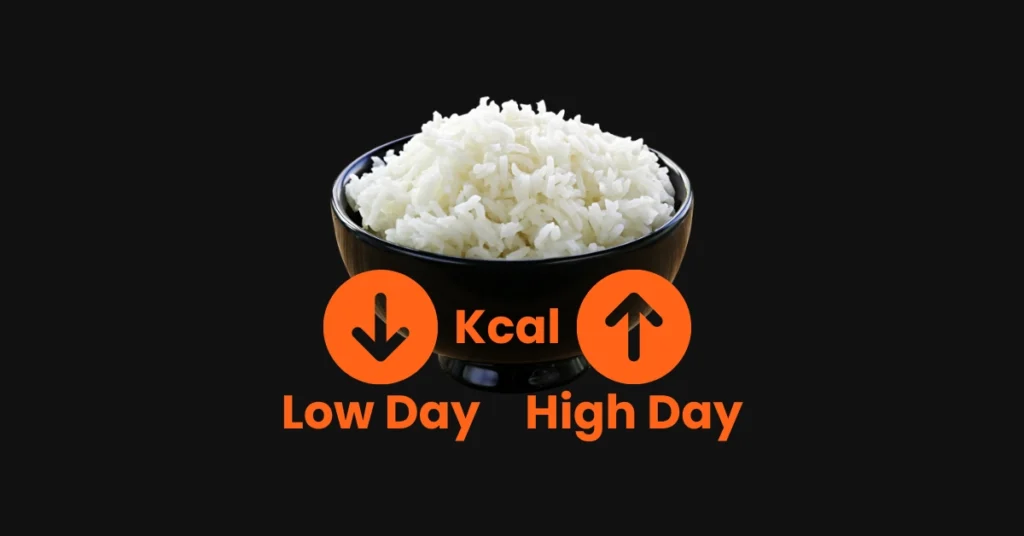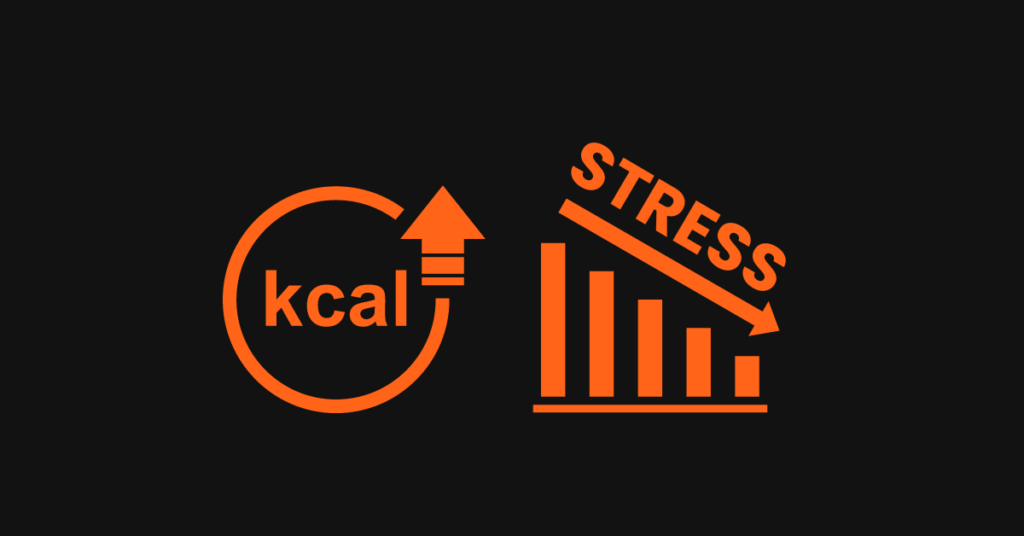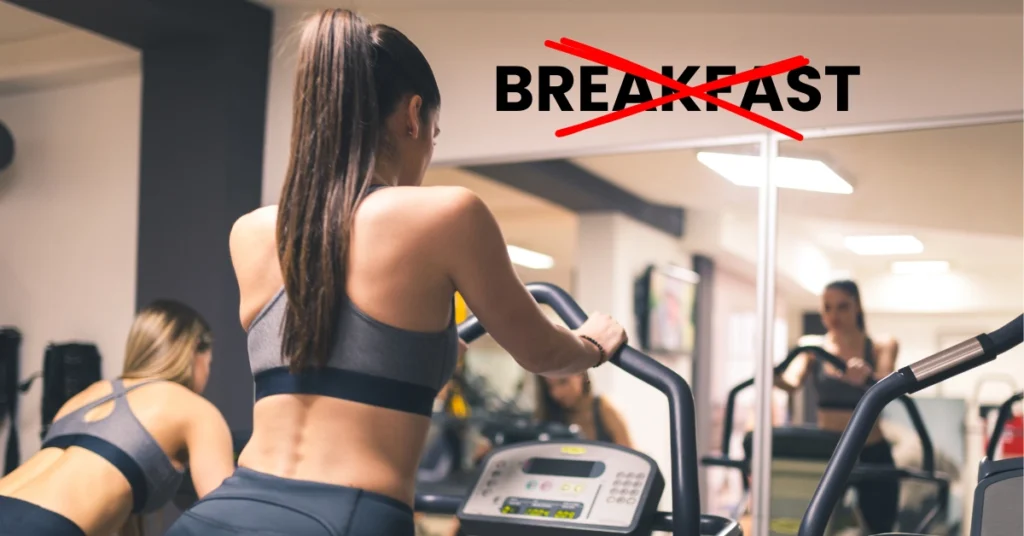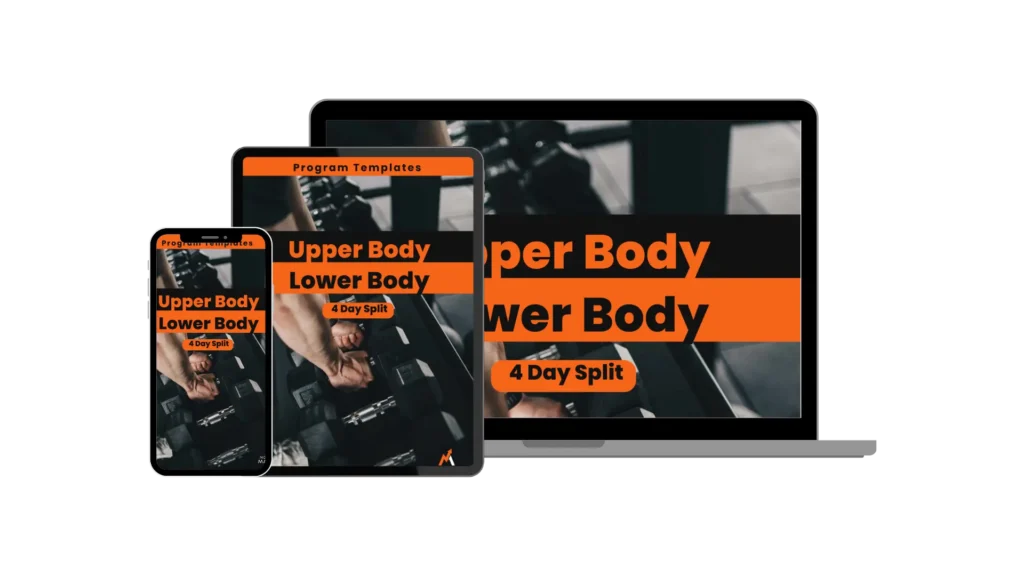how to get to 15% body fat
key takeaways
why 15% body fat?
Achieving 15% body fat is a common goal for many starting their health and fitness journey. At this level, individuals develop some muscular definition and may have an athletic appearance, assuming they’ve built a sufficient amount of muscle. Maintaining a relatively low body fat level with muscle results in the aesthetics many people are looking for. Women can add around 5-8% to this number. Women at around 20-23% body fat are in the athletic body fat range, equivalent to men around 15%. This is because of the difference between body fat distribution between men and women.
It is fairly difficult to know your true body fat level without paying for tests like DEXTA scans, BOD pods, or Hydrostatic weighing, which can be expensive. In reality, knowing your exact body fat percentage doesn’t matter that much. People can also look different at the same body fat levels. When someone says they want to be 15% body fat, they usually mean they want a more aethetic look with some muscle definition.
what are the benefits of 15% body fat?
Here are some of benefits to achieving and maintaining 15% body fat.
15% Body fat is Achievable
Achieving 15% body fat is a great goal to aim for when starting your fitness journey. It does not require an overly aggressive calorie deficit, however, this does not mean it is easy either. The principles you learn and apply will also be important for more advanced future goals.
Sustainability
A true 15% body fat is leaner than people realize. When most people say they are 15% body fat they are in reality closer to 20%. When you hit 15% body fat you will be leaner than the vast majority of the population. People may even define you as ‘ripped’ if you have built a decent amount of muscle. With that said, this level of leanness is relatively easy to maintain. You can still live life a little, and have some flexibility in your food choices. Importantly it will not affect your ability to train hard, build muscle, and recover from your workouts, as can sometimes be the case when trying to reach and maintain lower levels of body fat.
You look like you lift
Building muscle takes time, and to build a significant amount of muscle will take years. Genetics will also be a factor here. For most early intermediate and intermidate lifters maintaining lower levels of leanness such as 10-12% body fat or even lower will make them look small. In clothes people may even wonder if they lift at all. Maintaining a slightly higher body fat percentage will allow them to fill out their clothes a little. Out of clothes they will still have some nice definition without being ‘ripped’. The best of both worlds.
You are never too far away from more advanced levels of Leanness
Maintaining a relatively low level of body fat, somewhere around 15%, means you are never too far away from more advanced levels of leanness, such as 10-12% body fat. If you would like to lean down a little for a specific date, such as beach holiday or photo shoot, you can enter a quick fat loss phase. You can even be quite aggressive with your calorie deficit since you may only need to diet for a short time.
what does it take to get to 15% body fat?
Achieving 15% body fat or the equivalent body fat percentage for women will require a little planning, and a basic understanding of some important training, nutrition, and lifestyle principles. With that said we believe this goal is achievable for almost everyone. The process is a relatively simple one although not necessarily an easy one. Some hard work and discipline is required as well as consistency over time. The amount of time required to achieve this goal will depend on where an individual is starting from as well as their previous training experience and dietary history.
mindset to get to 15% body fat
motivation and Discipline
Motivation makes it easier to achieve any goal. When we see results we will naturally feel motivated. We can build momentum week after week and month after month as we work towards our goal. There will also be days when we do not feel as motivated. A poor night’s sleep or a stressful day at work will sometimes mean we are not as motivated, we are only human after all. This is where discipline is required. Turning up to the gym and sticking to our nutrition plan when we do not feel at our best is an important skill to master. You may not have your best workout ever, but you showed up and put in the work.
know the why
Understanding the reasons behind our actions can boost motivation and adherence to our training and nutrition plan. Why do you want to achieve your goal? Is it to look better, increase confidence, or improve overall health and wellness? These questions can help keep you motivated and moving forward in your health and fitness journey, not just for personal reasons but also for family and loved ones if health is a priority.
nutrition to get to 15% body fat
To achieve 15% body fat or the equivalent for women, most people will need to improve their adherance to a healthy and well balanced nutrition plan. We should consider meal structure, food quality, and quantity, and how well our diet aligns with our current lifestyle.

create a plan that Aligns with your current Lifestyle
Any nutrition plan must be a good fit for your current lifestyle. There is no point trying to eat in a way that is incompatible with your daily schedule. Adherence is key, we must be consistent for anywhere from 8-16 weeks in most cases. Some individuals will need to diet for even longer. Choose a meal frequency that will work for you. There is no point trying to eat 6 meals per day if realistically you can only consume good quality meals 3 times per day. Luckily meal frequency is not as important as we once thought. Eating 3-4 meals per day is the sweet spot for most people.
clean up your diet
Most people will need to clean up their diet to achieve 15% body fat, at least to some degree. At this stage we do not need to be perfect, and making simple changes can start to move us towards our goal. Things such as replacing processed foods with whole foods, eating more fruit and vegetables, basing our meals around protein, and avoiding snacking between meals, even if the snacks are considered healthy are good starting points.
plan your meals
Some meal planning will be required to achieve 15% body fat for most people. Base your meal frequency on your daily schedule and include the foods you enjoy. It is important to choose the foods that work for you, rather than the ones promoted by other people, or the ones that are considered must eat foods. Foods you digest well, make you feel good, and allow you to hit your macronutrient targets for the day consistently will be best.
maintain a moderate calorie deficit
Maintaining a moderate calorie deficit over time is required to lose body fat and improve body composition. We do not need to do anything too extreme to achieve 15% body fat, 300-500 calories below maintenance is the sweet spot for most people. You can use this simple TDEE calculator to estimate your calories. If you would like help working out your macronutrient targets you can download our free fat loss guide.

Hit your protein target Consistently
Hitting your protein target for the day will help you achieve 15% body fat more easily. Consuming adequate amounts of protein will help you maintain muscle in a calorie deficit or even build muscle in certain situations. Protein is also important for satiety which is especially important when restricting calories in a fat loss phase. For simplicity, we recommend 2.2g per kg (1g per Ib) of goal body weight.
experiment with intermittent fasting
You do not need to use intermittent fasting to achieve 15% body fat, it is no more effective than using a more traditional eating schedule. Some people find they can remain in a calorie deficit more easily by implementing intermittent fasting, and many people find the eating schedule to be a good fit for their lifestyle. With that said intermittent fasting is not a good fit for all individuals and we do not recommend it in certain situations, it can even be detrimental. To lean more about the pros and cons of time-restricted eating you can read our intermittent fasting article.
strength training to get to 15% body fat
Along with nutrition, strength training should be a priority when in a fat loss phase. Productive strength training will allow us to maintain or build muscle as we lose body fat in a calorie deficit. Without strength training, we will lose muscle as well as body fat when in a calorie deficit which is a situation we do not want to find ourselves in. We must maintain as much muscle as possible otherwise we will simply end up as a smaller version of our previous selves.

perform strength training 3-4 times per week
Follow a well-designed strength training program appropriate for your current experience level, with the appropriate volume, intensity, and frequency. Good exercise selection is also important to achieve the best results. If you are not sure what this looks like ask someone with experience or seek help from a competent fitness professional. You can also grab our free fit guide for recommendations on setting up an effective strength training program.
focus on progression over time
Your training in the gym should be focused on progression over time. Performing more reps or adding weight to an exercise will help you retain muscle or even build muscle in certain situations. Your training should be similar to when you are in a gaining phase. The only exception to this could be a small decrease in training volume, although this is not usually necessary and will depend on how much you were performing previously.
Focus on high quality sets
Focus on high quality sets in the gym over quantity. Sets should be performed at a high level of intensity at a close proximity to muscular failure to build or maintain muscle. We recommend a 0-2 RIR for most exercises. You can only perform a limited number of these high-quality working sets in your training sessions and throughout the week. Performing more sets than you need to will not produce any extra benefits and will likely be detrimental to your progress. This is sometimes referred to as junk volume and is something we should look to avoid.
Performing more sets to burn more calories is also a waste of time and is not a good idea, this is especially true in a calorie deficit when the reduced energy intake from food limits our energy and ability to recover. There is no such thing as a ‘fat burning’ workout, you are in the gym to get stronger and build muscle. Fat loss is driven by a calorie deficit.
cardio to get to 15% body fat
Cardio isn’t necessary to achieve 15% body fat, but it can be useful in certain situations. It is also important for our general health, so performing the right type of cardio 2-4 times per week can be beneficial. Some people prefer walking instead of traditional cardio during a fat loss phase, although there is a greater time commitment required for this.

perform zone 2 cardio
If you do use cardio we recommend performing low intensity cardio, at around zone 2. This type of cardio is less stressful on the body compared to higher intensity cardio and will not interfere with our strength training performance and overall recovery. There is only so much work we can perform and recover from especially in a calorie deficit. Strength training to preserve muscle mass should be our priority.
When working at this intensity, we should be able to hold a conversation without gasping for air, but it should still feel challenging. We should be able to maintain this intensity for 20 to 45 minutes, depending on our fitness level. If using a heart rate monitor, use the formula of 180 minus your age to get an approximate heart rate number to aim for. This number is just a guide. You can lower the intensity if it feels too hard or increase the intensity if it feels too easy. Going by Feeling is perfectly okay.
choose the right type of cardio
Perform cardio on the equipment you enjoy and choose machines that do not cause you pain. Low-impact cardio can be a better option for some people especially if they are overweight or are unconditioned. This would include elliptical machines, cycling machines, spin bikes, and rowers. Walking on a treadmill at a brisk pace at an incline can also provide enough intensity for some people, and is lower impact compared to running.
start with the minimum effective dose
It can be a good idea to start with only a small amount of cardio, and add extra sessions as and when needed. This way we are giving ourselves options to use when we need to make adjustments in the future, such as when fat loss slows down or we reach a fat loss plateau. If we start a fat loss phase with a high amount of cardio we are only leaving ourselves the option of reducing calories further. Keeping calories as high as we can for as long as we can is a better course of action.
For example, we might start a fat loss phase with 2 sessions per week of just 20 minutes and end a fat loss phase performing 4 sessions per week for 30 minutes. Another option could be to start with no cardio at all, and only add it when needed.
avoid performing too much cardio
Cardio is simply a tool we can use to assist in fat loss. Adding more and more cardio will eventually become counterproductive and is not something we recommend. At some point, the cost of performing excessive amounts of cardio will outweigh the benefits. The more cardio you perform the more efficient your body becomes as you expend fewer calories. In a calorie deficit the metabolic rate is also likely to reduce, making it harder and harder to lose weight. You are placing more and more stress on the body and getting less and less out of your cardio sessions.
This situation can be seen in gyms around the world. The people dieting on super low calories performing their cardio every day and not achieving any weight loss. We need to work with the body to some extent, we can not keep restricting and overly stressing the body to force the body to lose body fat, it is too smart for that and will lower the metabolic rate to protect itself.
lifestyle factors to get to 15% body fat
The things we do outside of the gym in our everyday lives can help us achieve our health and fitness goals and will make the whole process of achieving 15% body fat much easier. We have seen consistently, that people who make simple and sustainable lifestyle changes achieve the best results in the long term.

have a daily step goal
Increasing our daily step count is one of the simplest things we can do to improve our overall health and will also assist us in our fat loss goal and achieving 15% body fat. The overwhelming majority of the calories we burn in a day come from our everyday activity and not our training sessions in the gym. Finding ways to incorporate more walking into your day is a simple and effective strategy.
Moving more throughout the day allows us to remain in a calorie deficit while consuming more calories. This is important for adherence as well as the overall enjoyment of a fat loss phase. Eating more food also allows for higher quality training and recovery. We recommend aiming for 8-12k steps per day or up to 15k if you have more time.
Prioritize quality sleep
We must prioritize sleep quality if we want to maximize the results we get from our fitness lifestyle and this is especially true in a calorie deficit. Much of the growth and repair from a training session takes place when we sleep allowing us to come back stronger and perform well in the gym. The quantity as well as the quality of sleep is important. We recommend at least 8 hours per night if possible.
Sleep hygiene is important to improve the quality of our sleep. Sleeping in a cool, dark, and quiet room is important as well as our nightly routine. Avoiding overly stimulating tasks or activities and limiting blue light from TVs, computer screens, and smartphones a few hours before bed can be helpful. If this is not possible, investing in a quality pair of blue light blocking glasses is a great idea.
reduce stress
Training hard in the gym especially when in a calorie deficit, as well as the stress of the busy modern lifestyle means we should try to mitigate stress as much as possible. Elevated levels of the stress hormone cortisol will make building muscle and losing body fat more difficult and is also detrimental to our overall health. Methods for reducing stress can be very individual, people find methods such as mindfulness and meditation to simply taking a walk in nature and making time to do the things they enjoy more often to be helpful.
tracking to get to 15% body fat
Tracking our progress over time gives us objective data allowing us to make adjustments and keep us moving toward our fitness goals. Learning and applying some basic tracking techniques are important skills to master and will set us up well for our fitness journey ahead.
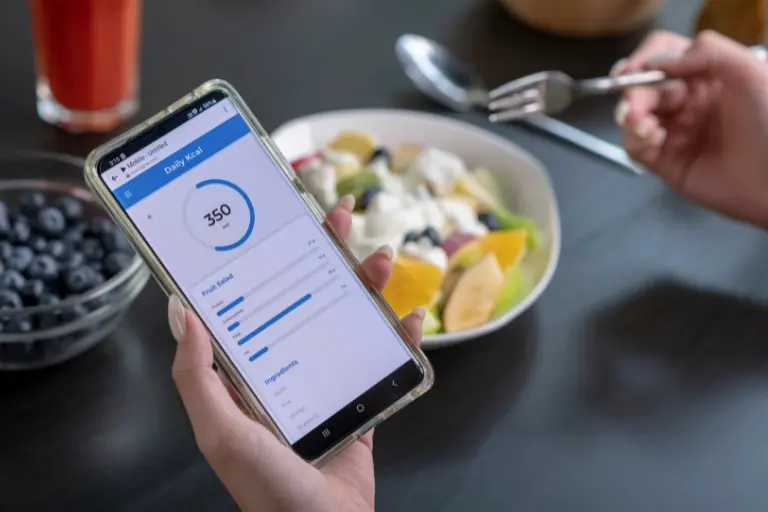
learn some basic food tracking
Learning some basic food tracking will be required to reach 15% body fat for most people. Luckily It is now easier than ever to track our food, and apps such as my fitness pal, and my net diary make the process a whole lot easier. Tracking our macros (carbohydrates, proteins, and fats) on our smartphones is a relatively simple process, plan ahead by entering your foods into your tracking app, then simply follow your plan each day.
You do not necessarily need to track each day once you know your food quantities to weigh out. Create a few meals to rotate through and check back using your app when you need to make adjustments. Learning this skill is important for beginners, allowing them to understand the food groups they are eating and the effect they have on their bodies.
track your average body weight over time
Scale weight will fluctuate naturally each day due to many factors including salt and water intake, stress, and simply eating different types of foods. Measuring your body weight each morning upon waking and taking a 7-10 day average allows you to see if your body weight is trending down over time. Simply compare your average weekly weight with the previous week to see if you are losing weight at the desired rate. We recommend losing around 1% of your total body weight per week on average.
Track your waist measurement
Taking a waste measurement can be useful in conjunction with body weight. If your waste measurement is going down you can assume you are losing body fat even if your weight on the scale is remaining the same or dropping only slightly. Body recomposition is possible, meaning you are gaining muscle and losing body fat at the same time resulting in little change in scale weight. This is more likely to happen in beginners who have just started to train. It is more useful to look at this measurement over a longer period such as every 3-4 weeks.
make adjustments only when needed
Do not make hasty decisions and reduce your calories too quickly. You should keep your calories as high as possible for as long as possible while still losing body fat. This helps preserve metabolic rate which can lower during calorie restriction. If your average weekly weight has not dropped it is better to wait a further week to establish if you need to make adjustments to your calories. Fat loss can take time to show up on the scale due to factors such as water retention. If you believe you have reached a fat loss plateau reduce your calories by 200-300 from carbohydrates and/or fat. Protein should remain the same.
take a diet break if needed
If you have an excessive amount of body fat to lose you will need to remain in a calorie deficit for longer, in this situation a diet break can be used. Individuals starting with a higher body fat percentage can split their fat loss into two or more phases. Rather than remaining in a calorie deficit for an extended period such as 24 weeks a better option would be to diet for 8 weeks at a time followed by one or two weeks of maintenance calories.
These maintenance periods often referred to as diet breaks allow for some much needed recovery as we can consume more calories, and will also provide a nice psychological break from dieting. After one or two weeks at maintenance calories, we can get straight back into our calorie deficit. For these individuals knowing that they only have to diet for 8 weeks at a time rather than 24 can also be helpful psychologically at the beginning of a fat loss phase. This may also help preserve our metabolic rate to some degree.
you do not need to be perfect to get to 15% body fat
For many people, attempting to achieve 15% body fat will be the first time they have started to take their training and nutrition seriously. When learning about training and nutrition principles we do not need to be perfect, it is the application of the knowledge we have learned that is important. Taking action is key, real world experience is when we learn and when eventual mastery in any area is achieved.
conclusion
Achieving 15% body fat is an important first milestone for many people. As we are not aiming for advanced levels of leanness the process should be a relatively simple and enjoyable one when executed the right way. This time should be used to learn and apply important training and nutrition principles and build lifestyle habits that will be required for your journey ahead, and more advanced fitness goals in the future. It is important to enjoy the process, focus on the journey, and not be too fixated on the destination.
read more articles on fat loss





